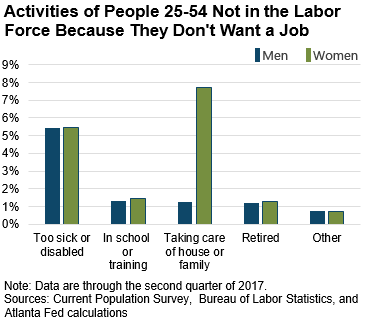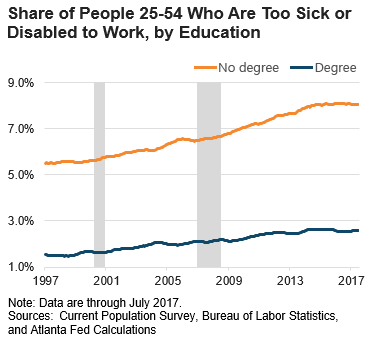Just a quick note of the mass of portentous stuff on Congress's plate as they return to DC this week.
–The debt ceiling.
To do: They've got to raise it by late-Sept, maybe mid-Oct. at the latest.
Frictions: Hard right typically wants to extract promises of less future spending, but grownup R's are calling for a clean bill.
Probabilistic Outcome: Look for some House R's to team up with D's to pass clean bill on time. I'm 85% confident they'll do the right thing here.
–Funding the gov't and paying for Harvey recovery.
To do: Congress must appropriate funds to run the gov't be the end of Sept.
Frictions: Trump's wall was a big stumbling block here, but with Harvey recovery in the mix, he appears to have backed down.
Probabilistic Outcome: There's no chance they'll pass a budget through "regular order" so we're looking at another budget patch/"continuing resolution." Prior to Harvey, I had the shutdown as a coin toss. Updating priors, I'd put it at 25% tops. In fact, I now expect emergency funding for Harvey (which doesn't count against the official budget caps) to be in the CR.
–Tax reform
To do: R's want to pass a big, regressive tax cut.
Frictions: Remarkably, they still don't have a plan. But they're working on it. They'll likely get no help from D's on tax cuts, so this is about getting their majorities on board. I'd guess their biggest task is coming up with payfors and figuring out how to sell the big increase in the deficit that these cuts will engender, at least as scored by CBO/JCT. ("Bespoke" scores, with dynamic scoring tricks, will be more favorable, of course.)
Probabilistic Outcome: I think the likelihood they get this over the legislative bar this year is low, around 20%. Next year…well, let's cross the bridge when we get to it.
–DACA!
To do: A new entry, thanks to the Pres. And just a completely, freakin' horrible idea. Trump wants to phase out the program that blocks deportation for undocumented immigrant kids. He's supposed to announce today that he's giving Congress 6 months to either legislate the program or end it.
Frictions: Xenophobia intersecting with our dysfunctional immigration laws. It's possible that there's bipartisan support for DACA, but I don't see how they get to 'yes' in six months.
Probabilistic outcome: I don't have a good feel for this yet, but I'll say 50% with downside risk. And I really hope I'm being pessimistic. Also, I could see the volatile Trump say "never mind" at some point.
Healthcare and North Korea are also in the mix, with the thermonuclear sabre rattling among the latter really existentially scary. As my title suggests, for a functional Congress is mid-season form, this agenda would pose a challenge. For these guys and gals…Oy.
-- via my feedly newsfeed




